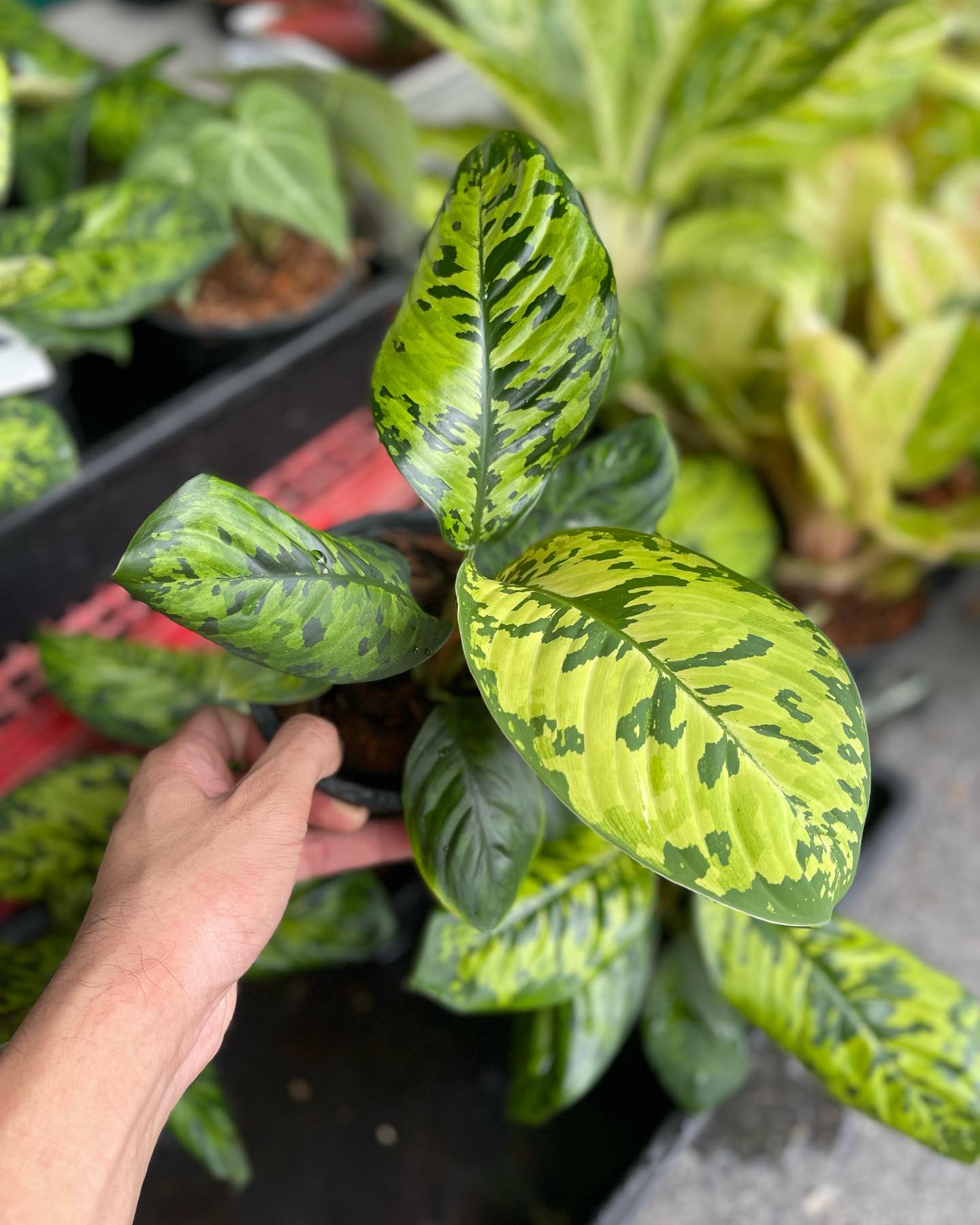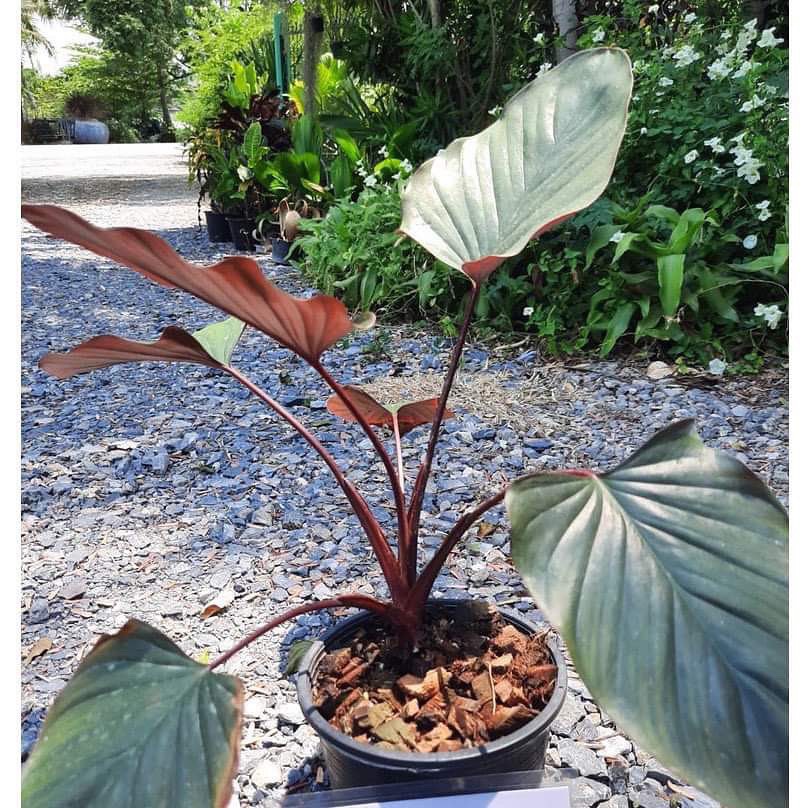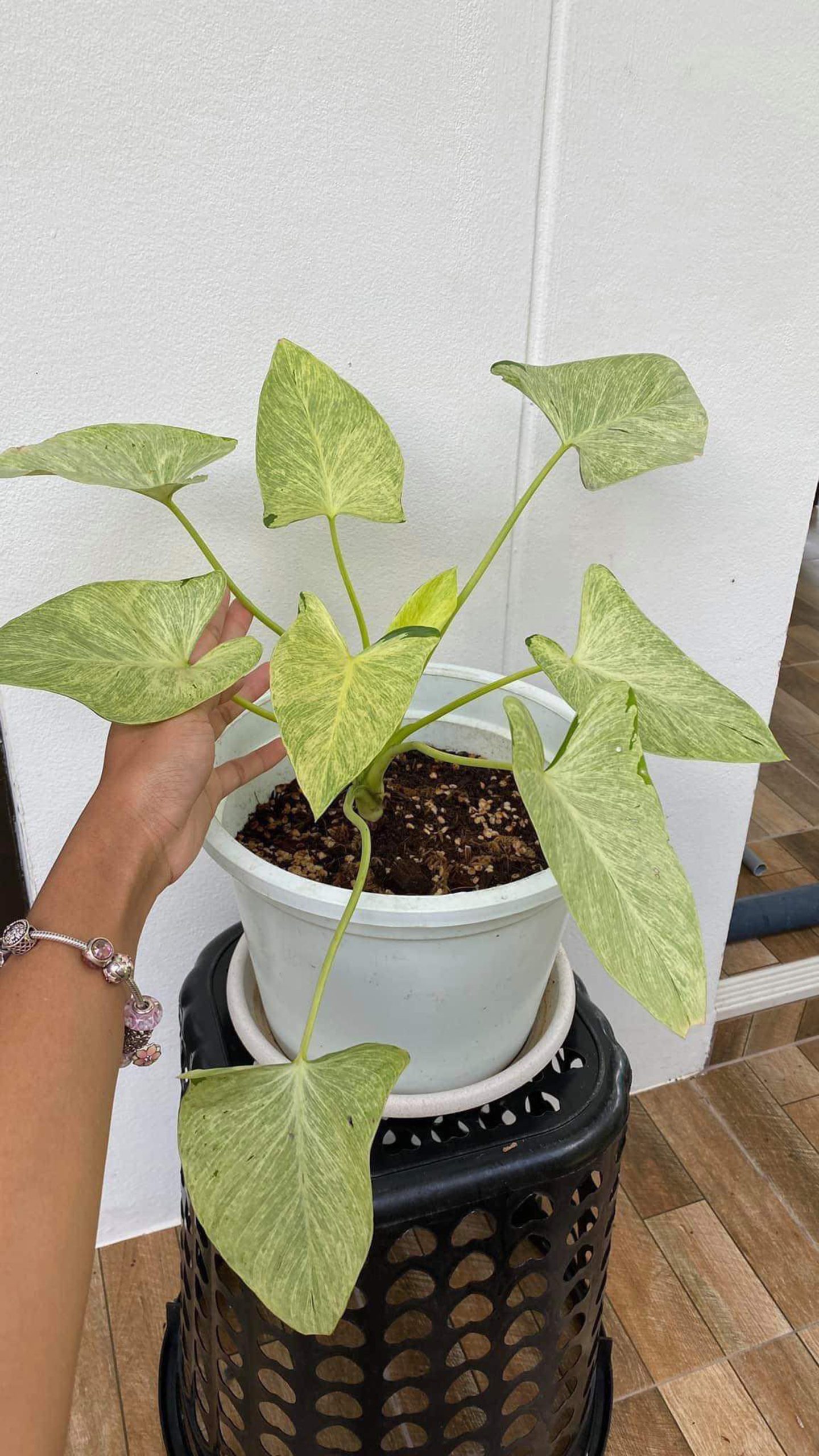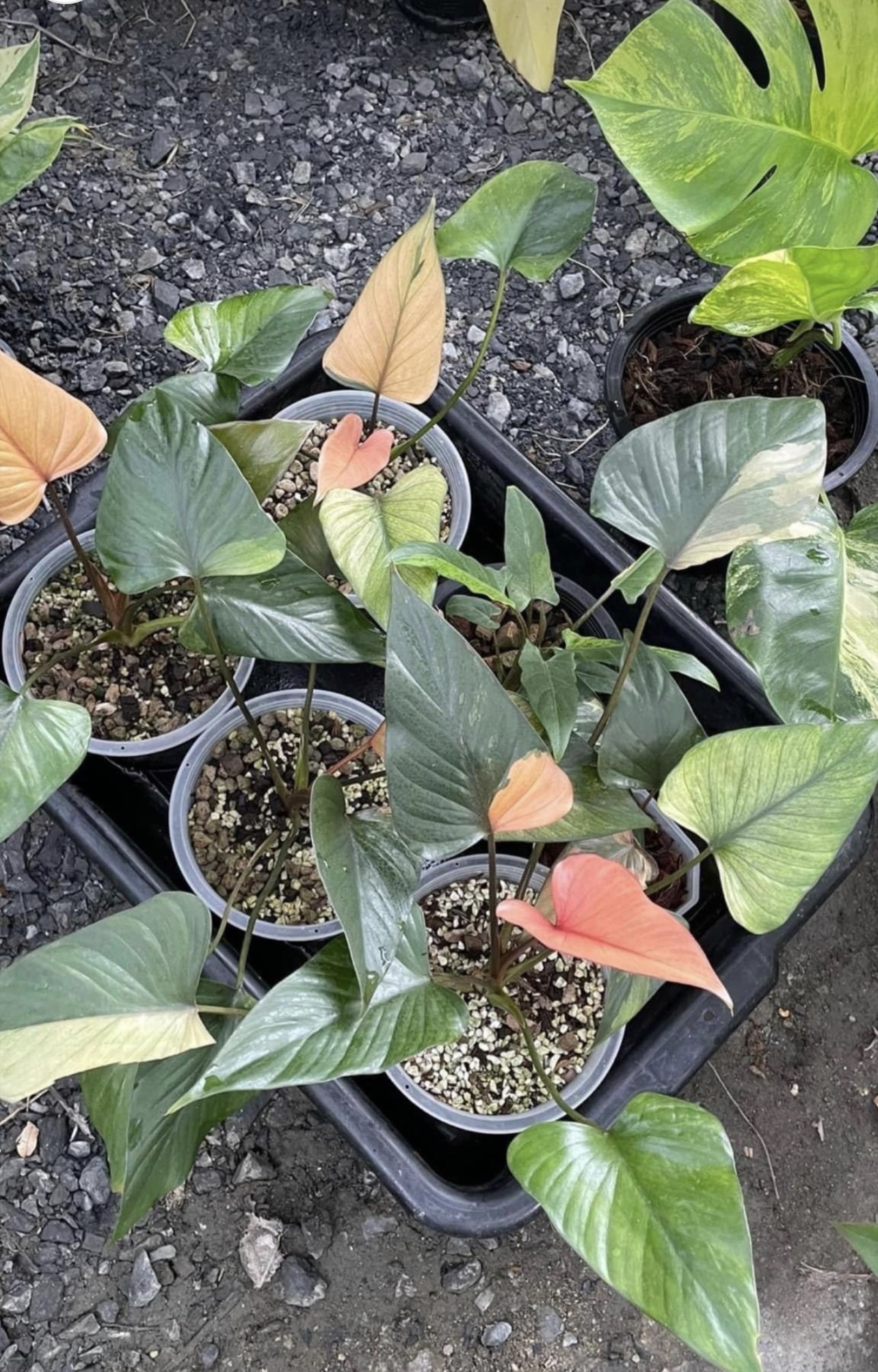Homalomena, also known as turtle back plants, are a genus of around 150 species of attractive foliage plants in the Araceae family. These tropical plants are native to Southeast Asia and are prized for their uniquely patterned and textured leaves. However, caring for these tropical beauties does require some special considerations. In this blog post, we’ll explore 5 key things you need to keep in mind when growing Homalomena in your home.

Proper Potting Mix
Soil Requirements
Homalomena prefer an airy, well-draining potting mix that will retain some moisture but allow excess water to drain away readily. The ideal potting soil contains:
- Coarse materials like orchid bark, perlite, pumice or lava rock to provide airflow to the roots
- High quality potting soil or compost to supply nutrients and retain some moisture
- Optional peat moss or coco coir to help aerate the soil
Avoid regular garden soil or any dense mixes that stay soggy. Wet soil will lead to root rot in Homalomena.
Re-potting
These plants have delicate, shallow root structures. As such, they require re-potting every 2-3 years at most into fresh, high quality potting mix. Carefully loosen and divide rootbound plants and resist the urge to go up more than 1-2 pot sizes at a time. Dramatic size increases can shock the delicate roots.

Bright, Indirect Light
As tropical understory plants, Homalomena thrive best in bright but indirect sunlight.
Light Requirements
Place Homalomena where they will enjoy:
- Bright, ambient natural light from a south or west facing window
- Light shade from direct sun rays
Avoid direct sunlight which can scorch their leaves. Also avoid dark corners of the home which may cause leggy, poor growth. Select a spot with plenty of indirect sunlight.
Supplemental Lighting
During darker winter months, supplement natural light with grow lights (fluorescent or LED plant lights) to maintain lush growth. Rotate plants periodically so all sides receive sufficient light exposure.

List of the most sought after Homalomena species in 2023
High Humidity
Homalomena naturally grow in steamy tropical forests and demand similar humidity levels around 60-80% to thrive indoors.
Increase Ambient Humidity
Boost moisture in the surrounding air by:
- Grouping plants together
- Placing pots on pebble trays with water
- Using humidifiers
- Regularly misting plants with soft water
Avoid dry indoor air which can lead to brown leaf edges.
Use Pebble Trays
An easy humidity boosting option is pebble trays – place shallow dishes filled with pebbles and water underneath the pots. As the water gently evaporates, it increases moisture around the foliage.

Consistent Watering
When actively growing, Homalomena need consistent soil moisture. Water thoroughly whenever the top several inches become dry.
Watering Tips
- Allow soil to partly dry out before watering again
- Water until it runs freely from the drainage holes
- Empty any outer decorative pots or cachepots of excess water
Soak the soil using room temperature filtered water if possible. Tap water containing salts, chlorine or fluoride may accumulate and burn leaf tips.
Avoid Standing Water
While these plants enjoy moist soil, soggy conditions can quickly lead to root or stem rots. Always use containers with bottom drainage.
Optimal Temperatures
Warmth loving plants, Homalomena prefer steady, tropical temperatures between 65-80°F (18-27°C).
Protect From Cold & Drafts
Avoid placing plants in cold zones or drafty areas which may cause leaf damage or slowed growth. Protect from chilly air flow using:
- Glass enclosures like terrariums
- Room dividers or curtains
- Near interior walls, furniture or appliances generating heat
Temperature dips below 60°F should be temporary. For prolonged cooler weather, supplement with a thermometer monitored heating mat if needed.
Conclusion
In summary, caring for Homalomena plants involves providing the right potting mix, ensuring proper lighting and humidity, consistent watering, and maintaining optimal temperatures. By following these guidelines, you can enjoy these beautiful tropical plants in your indoor space.
FAQ
Sure, here are 5 frequently asked questions (FAQs) for “caring for Homalomena plants” in English:
- How often should I water my Homalomena plant?
- Homalomena plants prefer to be kept consistently moist but not soggy. Water them when the top inch of soil feels dry, usually every 1-2 weeks.
- What is the ideal lighting for Homalomena plants?
- Homalomena plants thrive in bright, indirect light. Avoid direct sunlight, which can scorch their leaves, but provide them with enough brightness for healthy growth.
- How do I fertilize my Homalomena plant?
- Feed your Homalomena plant with a balanced, water-soluble fertilizer during the growing season (spring and summer) every 4-6 weeks. Reduce or stop fertilizing during the dormant winter months.
- Can I propagate my Homalomena plant, and if so, how?
- Yes, you can propagate Homalomena plants through division. Carefully separate the plant into smaller sections, ensuring each section has roots and a few stems. Then, replant the divisions in fresh soil.
- What should I do if my Homalomena plant’s leaves are turning yellow?
- Yellowing leaves could indicate overwatering or poor drainage. Ensure the pot has good drainage, and let the soil dry slightly between waterings. Also, check for signs of pests or diseases and address them accordingly.

